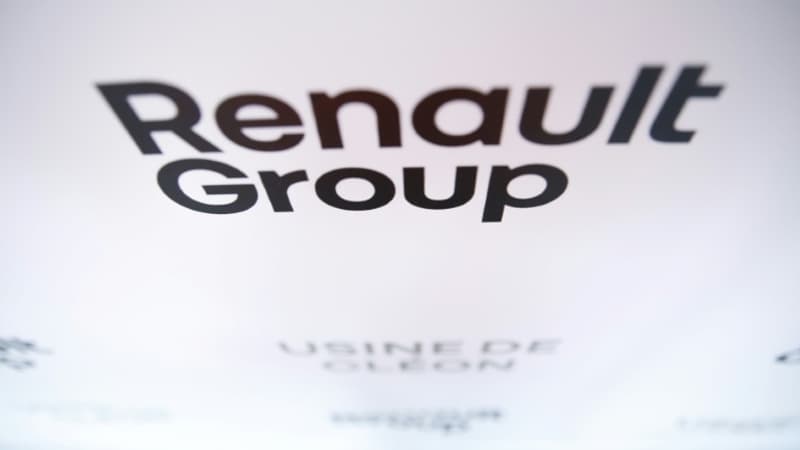Renault wants to go one step further in opening up its capital to employees. In a press release published Wednesday, the automaker announced the launch of a comprehensive employee stock ownership plan. The goal: to get its employees to own 10% of its capital by 2030. However, the group is quite a good student in this area with 3.61% of its total shareholding.
Other companies, however, have much larger employee ownership stakes, such as TotalEnergies (employee ownership there represented just over 6.8% of capital at the end of 2021).
If the Renault group has rolled out favorable conditions for its employees, how does employee share ownership work in general and how is it advantageous to employees?
A directed plan or a group savings plan
All companies (with the exception of SARLs), regardless of their size, can offer their employees to become shareholders. “The shareholding of employees can go through a specific plan or through a collective plan through a company savings plan (PEE),” recalls Marie-Noëlle Auclair, director of Le Cube, in Eres.
At Renault, French employee shares, for example, will be held in a business investment mutual fund (FCPE), one of the collective supports where employee shares are housed. But the latter are never required to become shareholders of your company.
Regarding the amount to pay and the number of shares to buy, it depends on the conditions established by the company. “In all cases, contributions to the PEE cannot exceed 25% of the employee’s annual remuneration”, specifies Marie-Noëlle Auclair.
Discount and business contribution to encourage employees
To encourage their employees to participate in their capital, companies usually have two levers at their disposal. First the discount. It is a bonus that is granted to employees on the price of the shares. Then the contribution. The employer supplements the amount paid by the employee without demanding any consideration. The two can, of course, be combined.
Thus, in addition to assigning six free shares to 110,000 of its employees (out of 111,000 in total), Renault used these two tools for this campaign. In 21 countries, the company will thus offer a 30% discount on its shares as well as a match of three free shares for each share purchased (for the first two shares purchased, that is, a maximum of six free shares for this match). Specifically, for two shares purchased at a 30% discount, employees benefit from six free shares that are added to the first six basic shares “offered”. That’s a total of 14 Renault shares.
an advantageous tax
But unlike outright purchase, employee shareholders cannot resell at any time.
When he resells his shares, the employee may then realize a capital gain or loss. In case of losses, possible contributions and discounts act as a cushion.
On a tax level, employee stock ownership is still very advantageous as the employee does not pay any income tax. He only pays up to 17.2% (social security contributions) instead of 30% (single sum or PFU, combining social security contributions with income tax) on the surplus value he releases. Finally, he can receive dividends, paid annually or quarterly by the company.
A tool to improve shared value
For the company, this system turns out to be a good way to strengthen employee commitment. But employee share ownership is also a means to rebalance the distribution of value created. “Incentive and participation bonuses represent the first stage of shared value,” explains Marie-Noëlle Auclair.
The shareholding of the workers allows us to go a little further by offering employees the opportunity to associate with the capital. “They become stakeholders and share both the value and the risk associated with the performance of their business”, sums up the specialist.
The issue of shared value was already one of the main concerns of Emmanuel Macron’s first five-year term. The goal of reaching 10% of the capital of French companies in the hands of their employees by 2030 was thus formulated in the Pacte law, voted in 2019.
Today, the debate resurfaces with the launch, on November 8, of a three-month negotiation between the social partners on this issue.
But to allow employees to benefit from “better distribution of value,” the government is moving away from employee ownership this time around and is considering a specific device: the employee dividend. Clearly, when the company pays dividends to its shareholders, it must also pay dividends to its employees. This measure would thus be added to the existing systems of profit sharing, participation and the “value sharing bonus”, ex-prime Macron.
Source: BFM TV


